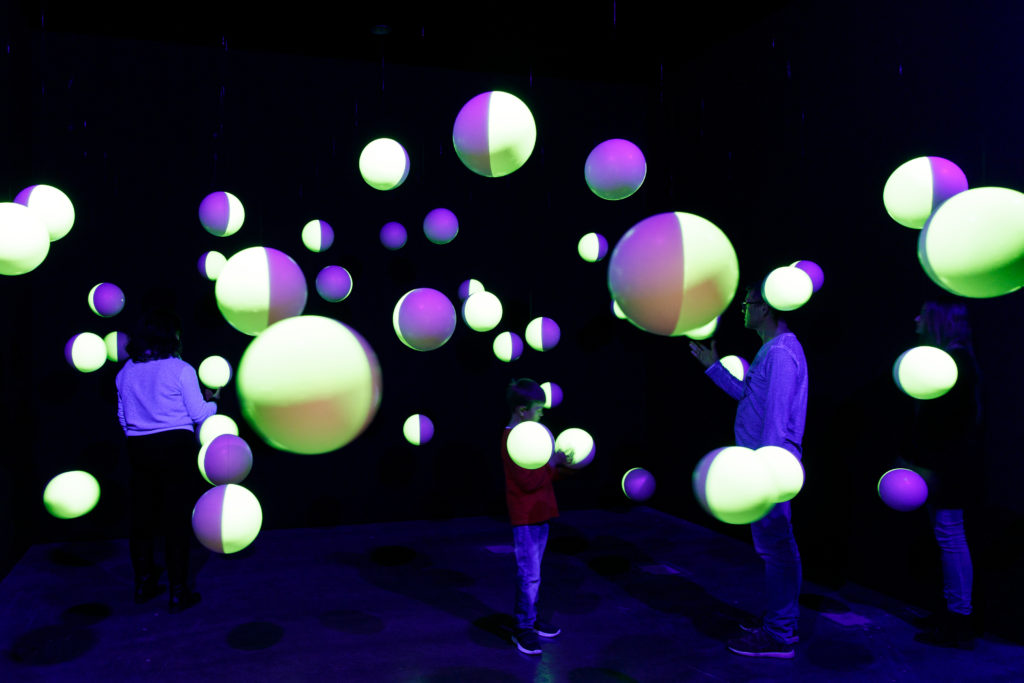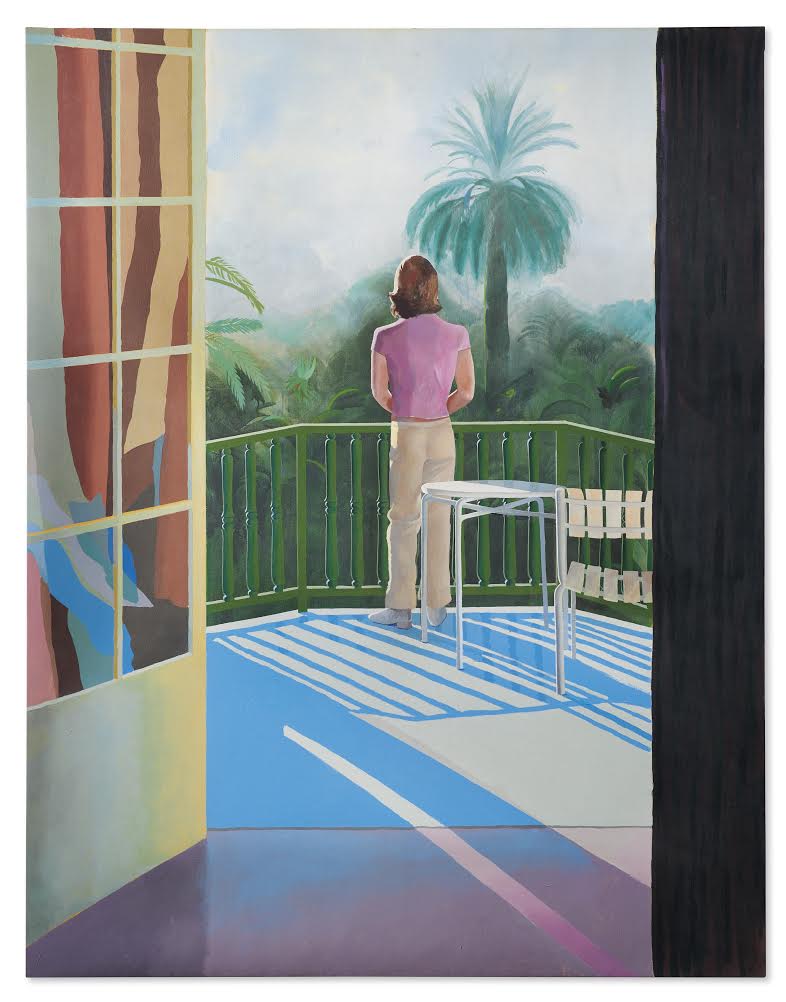Art Industry News is a daily digest of the most consequential developments coming out of the art world and art market. Here’s what you need to know on this Wednesday, October 16.
NEED-TO-READ
Peter Schjeldahl Loves the New MoMA – The art critic doles out praise for the revamped MoMA, commending it for its flexible spaces, its “elating circus atmosphere” for “popular engagement,” and its juxtapositions of less visible artists among the usual masterpiece artworks, which are he says are “dulled by overfamiliarity.” However, Schjeldahl questions the decision to pair works from different mediums like graphic art, artists’ books, and films with painting and sculpture. Though it works out, he cautions that “you sense the strain of the forced equivalencies of art and artifacts.” (New Yorker)
Meet ‘Mona Lisa’ in VR – Are long lines and the hassle of pre-booking getting you down? Relief is in sight. The Louvre, anxious to tackle its (enviable) popularity problem, is debuting a version of its most famous artwork in virtual reality so that you can get up close and personal without having to push through swarms of selfie fiends to catch a glimpse of the Mona Lisa. With 15 headset stations in a gallery near the main Leonardo exhibition that opens next week, the VR tour will provide a three-dimensional look at the mysterious portrait. The French government plans to spend around €3 million ($3.3 million) to offer similar digital tours of other masterworks from major Paris museums that will be held outside of the French capital. (Art Daily)
David Hockney to Headline Christie’s Contemporary Sale – Yes, you heard right, another gigantic painting by beloved British painter David Hockney will be the star lot at Christie’s upcoming November auction in New York. The work, titled Sur la Terrasse (1971), was painted as the relationship between Hockney and his lover Peter Schlesinger went south, and the work is a melancholic—though lively colored—perspective on the fading romance. After some four decades in a private collection, the work is estimated to fetch up to $45 million at the November 13 sale. (Art Market Monitor)
Salvator Mundi’s Restorer Calls Out “Hacks and Gossip-Mongers” Who Doubt Its Authenticity – Restorer Dianne Modestini expresses frustration at “gadflies who make their living on the fringes of the scholarly art world” for thinking a restorer like herself could fabricate a work like Salvator Mundi. “I suppose I should be flattered,” she states dryly in her opinion editorial. She denies, with “absolute certainty,” that the Louvre has not excluded the work because it fears its authenticity will come into question. “The reason for the Salvator Mundi’s absence from the Louvre show resides with the painting’s likely new owner, Saudi prince Bader bin Abdullah bin Mohammed bin Farhan al-Saud,” she adds. (Airmail)
ART MARKET
Dealer Iman Farès Gallery Drops Out of Komunuma – Just as everything is set for its official unveiling, Komunuma, the suburban Parisian shared arts venue, has lost one of its founding gallery members. Parisian dealer Iman Farès, who was one of the five galleries planned to open at the former factory arts complex, has dropped out. She has declined to give the reason. (TAN)
COMINGS & GOINGS
Art Historian EA Carmean Jr. Has Died – The art historian and founding curator of 20th-century art at the National Gallery of Art in Washington, DC, died on October 12 at the age of 74. The Illinois-born scholar worked under Philippe de Montebello at the Museum of Fine Arts, Houston, before going on to become director of the Modern Art Museum of Fort Worth and then, in later life, turning to a religious vocation as a clergyman. While at the NGA, he acquired Jackson Pollock’s Number 1, 1950 (Lavender Mist), which remains a jewel in its collection. (The Art Newspaper)
FOR ART’S SAKE
Why the First Toronto Biennial Was a Major Success – The Canadian city’s inaugural biennial, co-organized by Documenta 14 curator Candice Hopkins, challenges viewers in a way not typically experienced at major group exhibitions. The guidebook for the show includes histories of the land around each venue and includes acknowledgements to the indigenous populations that had resided there for 12,000 years. The exhibition also opened with a mea culpa by artist AA Bronson, A Public Apology to Siksika Nation, for his grandfather’s missionary work in the region. The show is on view from now until December 1. (ARTnews)
An Ancient Maya Monument and All Its Secrets Are Reborn – Once again technology has proven to help transform the field of Mayan archaeology. Thanks to a cache of Victorian-era photographs and plaster casts held in the British Museum, the institution and Google Arts + Culture have commissioned a 3D print of a monumental Mayan staircase. The Hieroglyphic Stairway at Palenque, which was damaged by erosion, has been reproduced in limestone by a UK foundry using the casts, which were made onsite in the 1880s. The finished work has been flown to Mexico, where it will be on permanent display at the excavation site from where the original came, and where visitors will now be able to touch its intricate glyphs and read translations of its messages. Not everyone is happy about it, though. “There’s a lot of interest in dead Maya and not living Maya,” said one local. “They reduce us to folklore.” (Financial Times)
How Germany’s Z.K.M. Museum Is Ahead of the Curve – The Z.K.M. Center for Art and Media is unusual. In 2015, it hosted a floating cloud by Japanese architect and artist Tetsuo Kondo and engineering firm Transsolar; it also has fake cameras in the bathroom. The institute, which refers to itself as an “interface” and not a museum, was founded in the town of Karlsruhe in 1989—the year both the Berlin Wall fell and the internet was created. It presents fun and challenging exhibitions focused on digital art, often well before any given artist or topic enters into mainstream art institutions. (New York Times)

Installation view of “Writing the History of the Future.”







